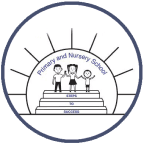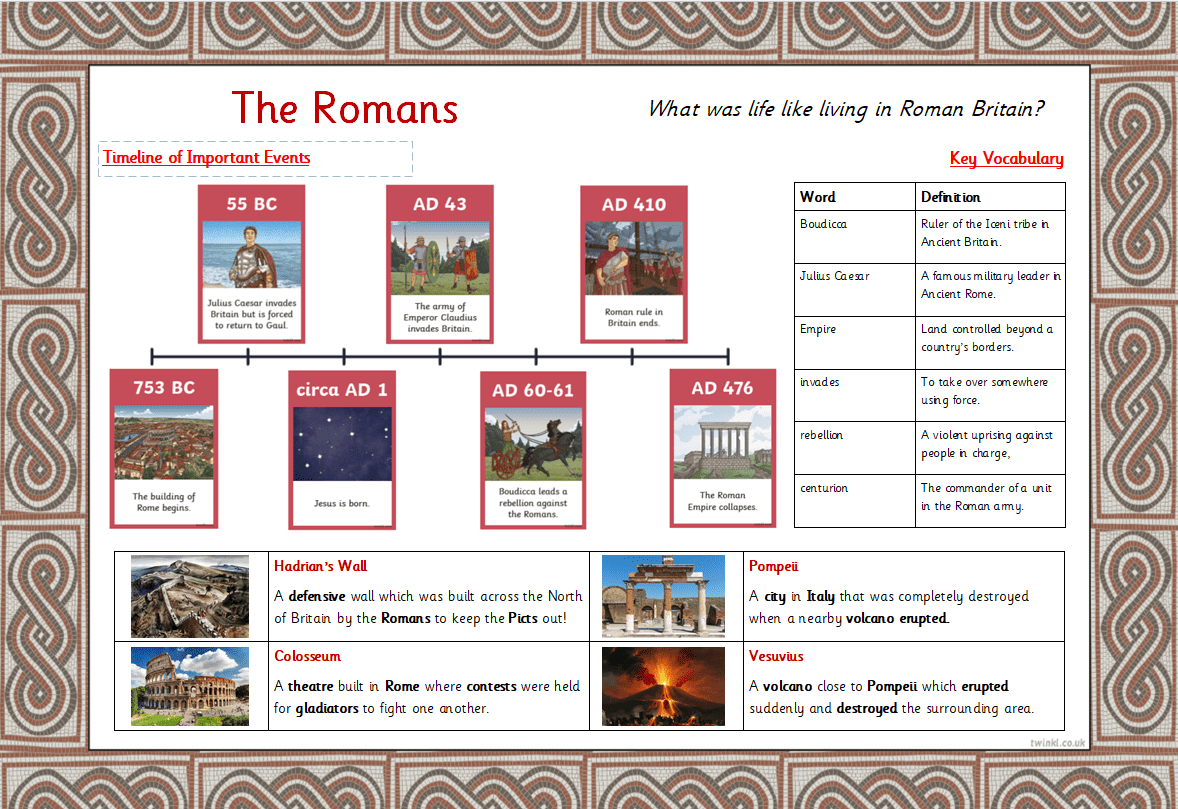
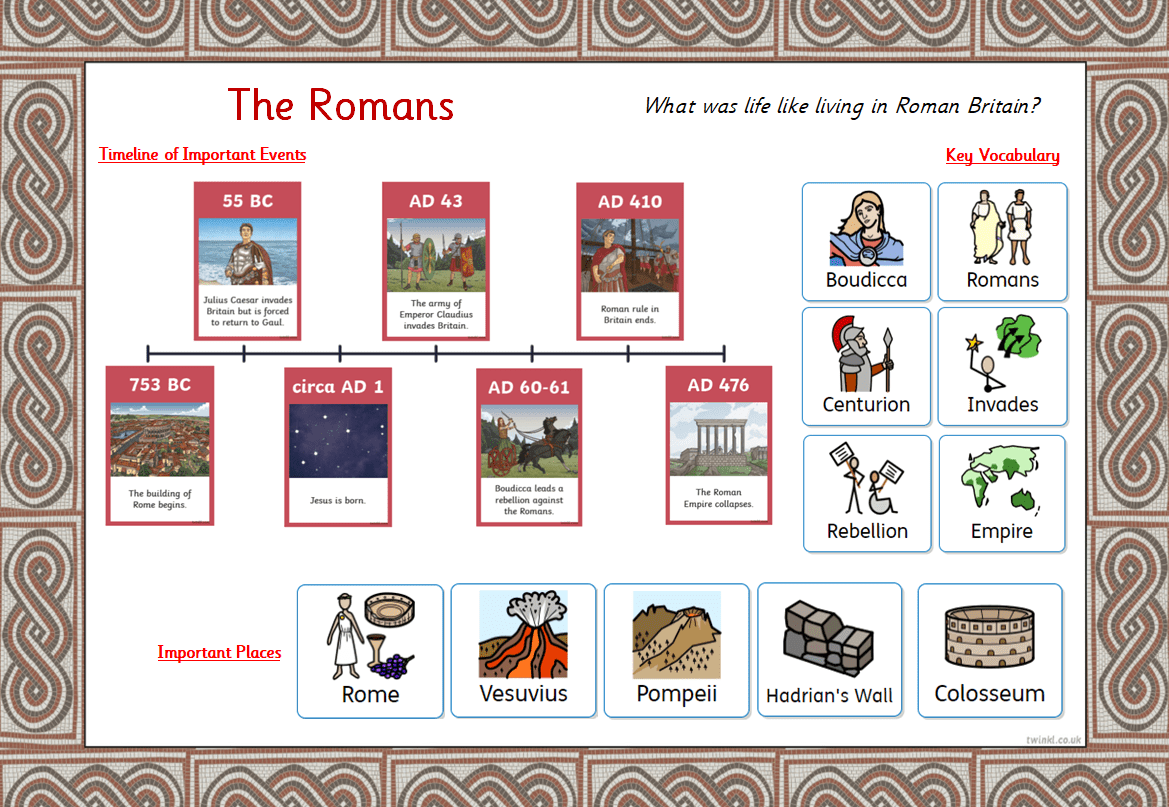

Spring 2025



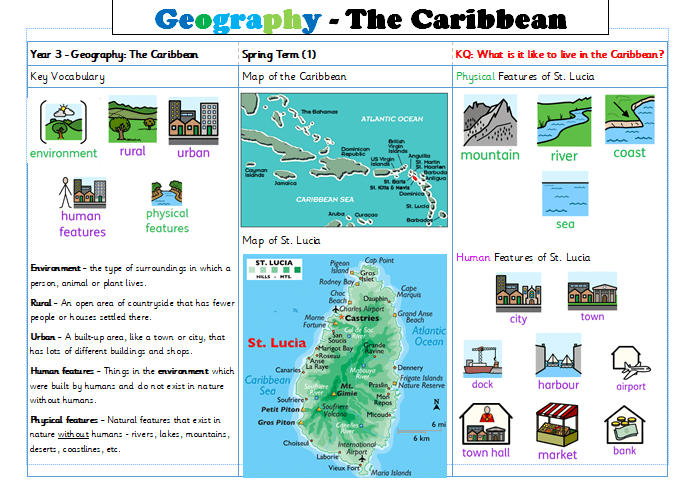


Spring 1 Overview
Geography
We launched our topic with a photograph mystery. We had images of different places in North America which we had to match to a large map of the continent. We were surprised to see cities, ice, waterfalls and rainforests all belonged in the same continent.
Then we had fun looking at webcams in Times Square, Mexico, Canada and the Caribbean. In some places it was very early morning and people were just beginning their day and in others it was the middle of the night!
We looked closely at Ordnance survey maps and noticed blue icons. We learnt that these are symbols that give information about key features in a simple, easy to understand way. We had fun trying to work out what the symbols were trying to tell us.
On a walk of the local area, we followed the route we took on Ordnance survey maps and stopped at key points to add the missing Ordnance symbols. This included the car parks, the church and a recreation area. We even identified a spot that could be a view point for the area.
We focussed our map skills on learning the 23 countries that make up North America. First, we looked at different maps of the continent and shared our views on which version would be the best to help us identify the information we needed. Some were very busy so although they looked interesting, they weren’t the most helpful.
We used our chosen map to help us label an outline and have a go at drawing our own maps of the continent.
We looked at New York and compared it to Rise Park, we thought about landmarks, entertainment and recreation. There were some very big differences and we gave reasons for which place we would rather spend a week.
Finally, we looked in detail at the different climate types. We learnt what each type was like and used our map reading skills to identify the climate in several different places across the continent.
Science
We have been investigating the human skeleton and had a go at drawing what we thought our skeleton looked like. Then used large images of bones to try and piece together a skeleton as we tried to learn the names of some of our bones.
We investigated how our muscles contract and relax to move parts of our bodies learning that muscles work in pairs and can only pull not push.
This term our investigation focussed on the body, we asked the question “Do people with longer legs jumps further?”. We made predictions, carefully measured and recorded our results and drew conclusions from our evidence. We were surprised with the outcome!
Finally, we linked science and DT together to explore food groups and the different nutrients our body needs. We learnt out protein, carbohydrates and calcium and designed a healthy meal in science. In DT we used our knowledge and experiences of tasting new foods including feta cheese and houmous to design and make a pitta pocket. We tried to include carbohydrates, protein and vegetables to make sure it was a balanced meal.
Music
In music we have been listening to music linked to the Luna New Year to explore the use of a pentatonic scale.
We decorated our own dragon masks for our final performance.
Using the glockenspiels, we practised playing the notes C, D, E, G and A to perfect the scale.
Next, we made our own pentatonic melodies by mixing the notes. Finally, we brought our melodies together to create a piece called “Enter the Dragon”.
Computing
In computing we have been looking at branching databases which are used for sorting things like animals, food and objects. Our first task was to generate yes / no questions so we could divide the objects into two groups.
Then we identified different attributes such as colour, number of legs and number of wheels which we could ask yes / no question about e.g. Does it have 4 legs.
Finally, we have been able to use the computers to design and make out own branching databases, refining our ideas and skills as we go. We were able to sort an increasing number of subjects, in this case, dinosaurs.
English
This term we read The Tin Forest by Helen Ward and Wayne Anderson and used this as our inspiration to write persuasive texts. We began by empathising with the main character who lives by a rubbish dump. We used drama to explore his feelings and emotions. We wrote descriptions of what the dump was like.
Then we focussed on his solution to the desolate rubbish dump – building a forest made from tin by upcycling the rubbish. We described the Tin Forest before writing persuasive letters to nature persuading plants and animals to go and live in the Tin Forest forever.
For our second text we considered the issue of dumping rubbish and littering. We thought about our local and wider community and the impact rubbish has on the environment. We looked at some facts and statistics and developed our persuasive skills further, looking at the rule of 3, rhetorical questions and exaggeration. We then used these to write a persuasive leaflet to people to persuade them to stop dropping litter ad reduce, reuse and recycle.
Spring 2 Overview
Geography
To extend our knowledge and understanding of North America we zoomed in to focus on the region of the Caribbean. To launch our learning, we learnt about carnival celebrations across different countries. We had a great time listening to different types of music including steel pans, reggae and chutney. The we used bright colours, feathers and streamers to decorate our own carnival masks.
We looked fabulous as we paraded around the hall, singing and dancing and wearing our masks.
This term we have been consolidating our knowledge of the seven continents, five oceans and their positions on the globe. We spent time showing what we had learnt labelling each of the key locations on a world map.
To develop our skills of sketch maps we used atlas images to help us draw and label our own maps of the Caribbean. We had to think carefully about the position, shape and size of each island as we drew.
Throughout key stage 1 we have built our knowledge of physical and human features. In year 3 we use this knowledge to help us compare different locations. We focussed on St Lucia, a Caribbean Island, and compare it to Nottingham. We found that many human features were the same but the physical features were very different.
Next, we moved on to look at the impact the tropical climate of the region can have on the people who live there. We discussed natural disasters, looked at how people prepare for these and considered how it would feel to live in a country that experiences lots of these events.
Art
In art this half term we have been inspired by the work of American artist Romare Bearden. He was famous for his paintings and colleges.
Our focus has been on developing the college skills we learnt in key stage 1. We began by cutting and ripping paper to create a palm tree. Some of us were able to use layering to add depth to our trees.
With each artist we look at their work and find ways to express our opinions. We might talk about the colours, shapes or techniques they have used and share what we like and dislike about a piece of art.
Next, we looked at street scene created by Bearden and explored how he had used layers to create an image for example using a coloured rectangle for a building and then adding smaller rectangles to make windows and doors.
We used coloured paper and printed images to experiment with layers to create our own pictures.
Finally, we put all our skills together to design a Caribbean themed scene inspired by the style of Bearden.
Theme Week – Community
In October year 3 began a project to improve an area of our school community. We identified the wall in front of our classrooms as it was grey, drab and a bit dirty! First, we worked in pairs to draw a design we could paint onto each wall slab. We wanted to represent Rise Park so we picked features we would see in the local area.
Now the weather is drier and the wall has been washed we have begun to transfer our designs using special outdoor acrylic paints. We’re working carefully whenever the weather is bright and dry and we are so proud of our efforts so far.
Computing
In computing we have been using Scratch to write code. We can change the sprite and programme it to move around the screen. We changed the sprite to a saxophone and programmed it to play Twinkle Twinkle Little Star. We then continued to use our coding skills to alter the background and use different sprites to play music!
Science
In science we have been learning about plants. Our “BIG QUESTION” was: Why do plants have flowers? Firstly, we reviewed our previous learning by naming the external parts of a flowering plant. Then, we described the function of each part. Next, we dissected some tulips to investigate the internal parts of a flowering plant before labelling them and describing their function. We then learned about how flowers are designed to attracted pollinators and how they pollinate flowers. Using this knowledge, we discussed how seeds are formed and dispersed as part of the life cycle of a flowering plant. Finally, we investigated how water is transported in flowering plants.
English
In our English sessions we have been inspired by the Caribbean poet James Berry. We read, enjoyed and performed some of his work before writing poems reflecting his style. Then we read Drum Dream Girl by Margarita Engle and Rafael Lopez. This is the true story of Millo Castro Zaldarriaga who overcame prejudice in 1930s Cuba to learn, play and perform the drums. We used drama techniques to empathise with her and we planned and held debate on whether girls and boys should be given equal opportunities. Inspired by her story, we wrote descriptions of her resilience and determination to play the drums.
Autumn 2024
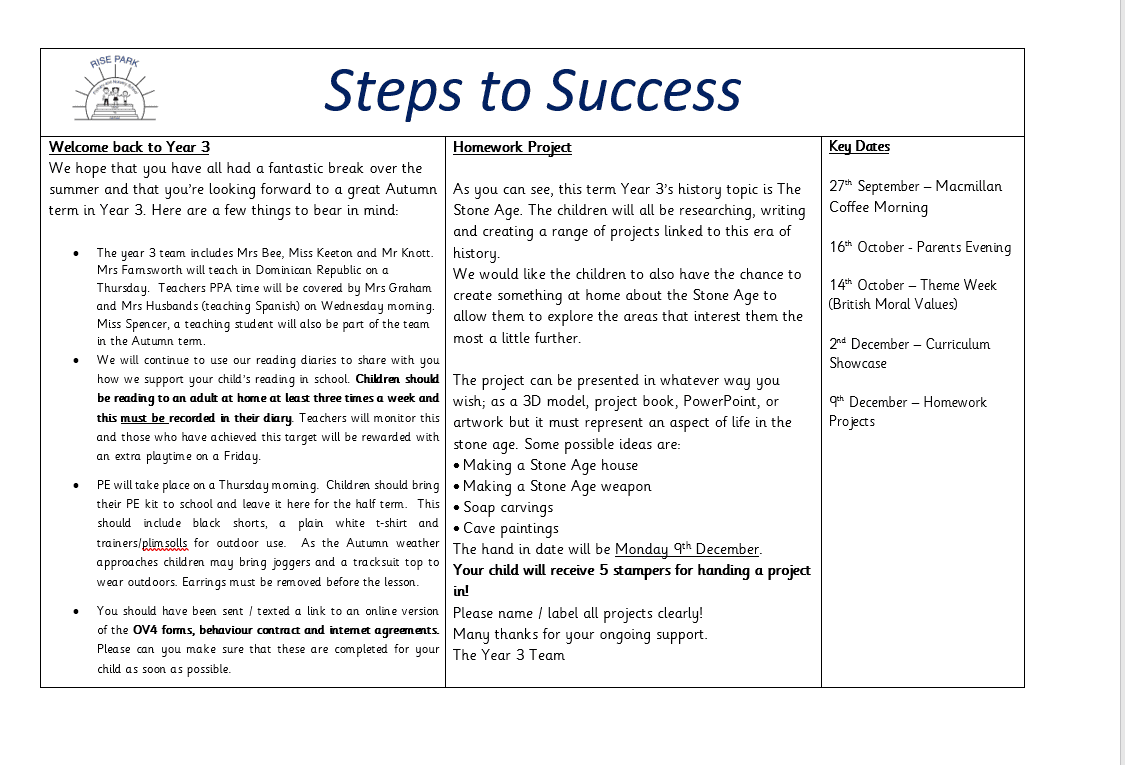
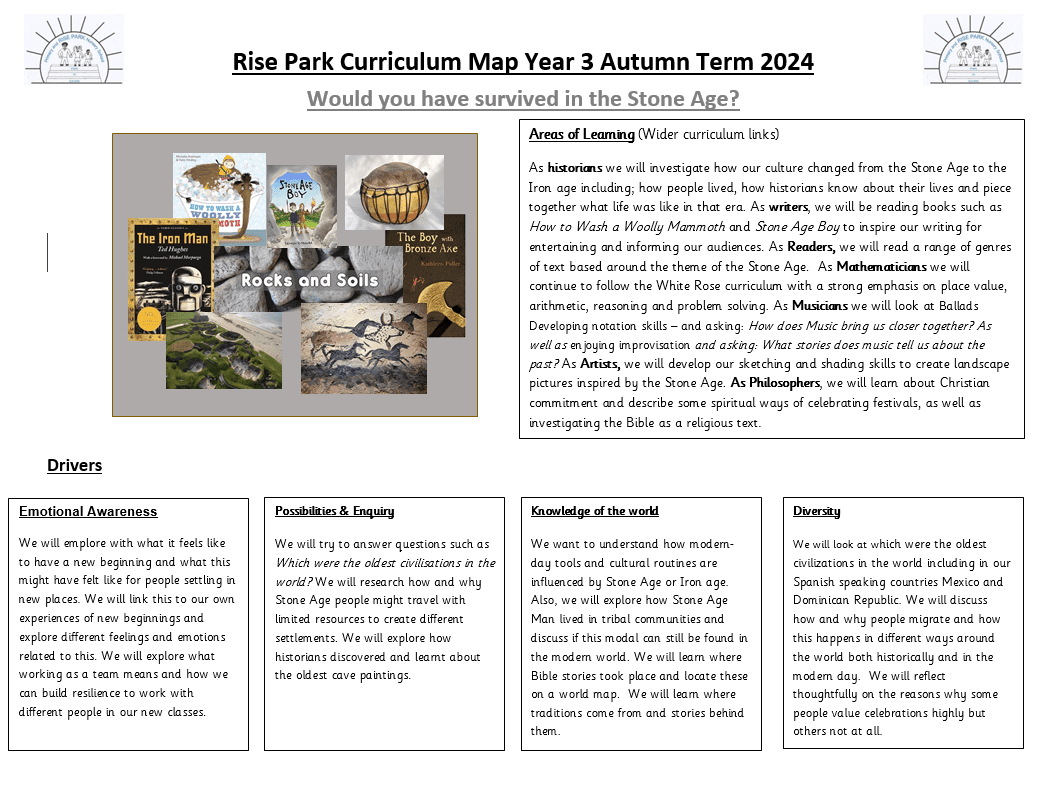


History
To launch our topic into the Stone Age we asked how we know about life in prehistoric time periods. We know prehistory means before information was written down or recorded so we looked for other sources of information. We read about coprolites (fossilised poo) and were excited to receive a box of these from a Stone Age museum. We became archaeologists and made measurements of our coprolite, describe the colour and surface texture and them began to carefully excavate it to answer the question “What did Stone Age people eat?”. We discovered evidence that suggested their diet included meat and fish (we found small bones) fruit and berries (we found small seeds) and leafy plants.
After learning that early Stone Age people were known as hunter gatherers we decided to see how easy this way of life would be. We had a list of specific items to find outside and we needed to make sure we could gather enough to feed our tribe. We also had to be alert and quiet to make sure the sabre tooth tigers didn’t sense us – some of us didn’t survive!
Brackenhurst Trip
We visited Brackenhurst to experience areas of Stone Age life and were able to share many of the facts we have learnt. First, we looked at some artefacts that showed how knapping was used to change the shape of stone to make tools and talked about how this was the very start of technology. We know that Stone Age people created paintings on walls to tell stories and record important events and celebrate achievements. During transition week we had a go with paints brushes and pencils (you can see them on the curriculum display). At Brackenhurst we got to paint with our fingers! We were fascinated to learn that people of the time made jewellery from bones and stones. We were able to use modern tools to make our own pendants from wood. We joined a tribe and marked this on one side before drawing our own Stone Age item on the reverse. We made our own small drinking cups from clay during the day and used tools to carve patterns into the surface.
Art
Inspired by the art Sarah Morley, we have created beautiful landscape paintings. We used watercolour paints to create a wash fading the colours across the background, midground and foreground. Then we looked at perspective to add details at different distances and finally used ticker poster paint and crumpled paper to add texture to elements of our paintings.
Science
As scientists we have explored rocks, soils and fossils and forces and magnets.
We leant about the 3 main types of rock and how they are formed while searching for them in our immediate school environment. We explored different types of soil, making sketches of our observations and finally we used drama to act out the process of fossilisation.
In our forces topic we began by defining a force and decided that they were a push or a pull that slowed down or sped up the movement of an object. We looked at friction and used our skills to plan and carry out an investigation into which surface creates the most friction for a toy car.
We were also about to plan and carry out an investigation that helped us to find the strongest magnet from a range in the classroom and discuss how magnets help us navigate the globe.
DT
This term our DT project has been investigating shell structures in order to make a keep-sake box. Firstly, we investigated different packaging looking at what they were used for, how they were constructed and decorated. Next, we looked at the nets of shapes especially cubes and cuboids and we discussed why many packages and boxes are this particular shape. Then, we had a go at making a protype of our box. Finally, we made our own keepsake box. Our brief was to design a box to hold a stone age artefact in a museum storage. Our designs reflected what artefact could be stored inside.
